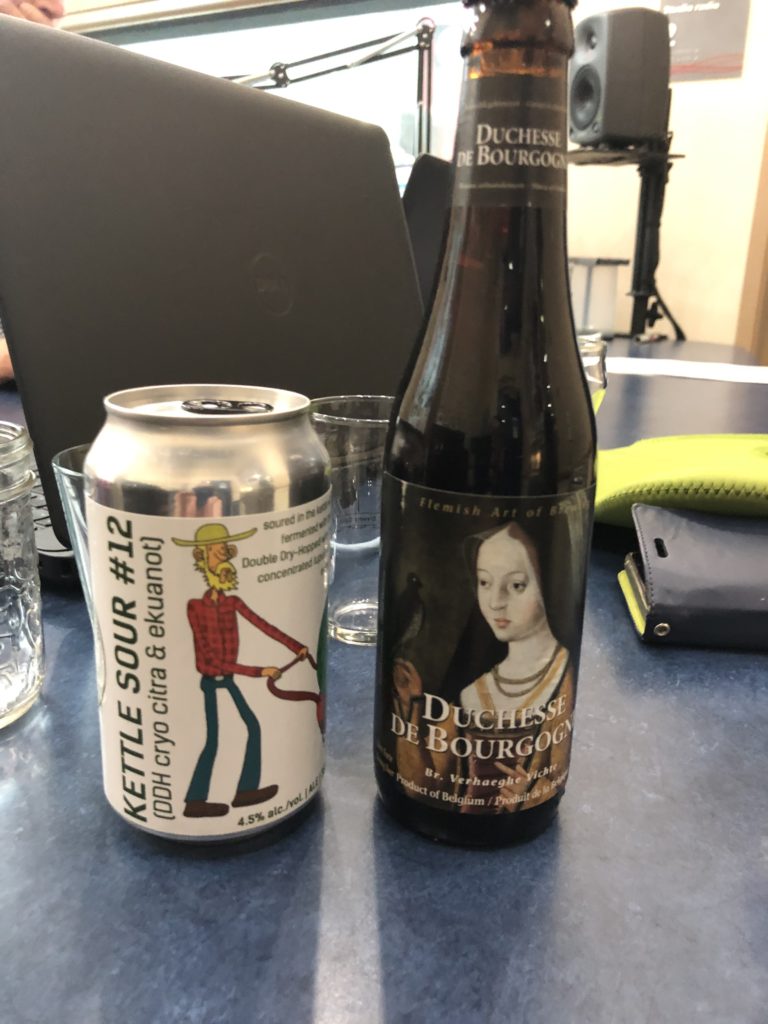
My most recent CBC column took a long look at the world of sour beer. Sours are very popular these days – in particular various versions of Kettle Sours. This is all very cool and I am intrigued that beer consumers are embracing the very unusual flavours of sour beer. But I have noticed there is still quite a bit of confusion around what sour beer is and, in particular, a lack of awareness of the traditional sour styles.
So I thought I would rectify that lack of awareness by focusing on sour beer for an entire column. You can hear it here.
I anchor the piece around the two different ways to sour a beer. I make the decision to classify them as Quick Sour and Slow Sour, even though I know they are not recognized terms. I did it to try to highlight the core difference concisely.
Most readers will know when I refer to quick sour, I am talking about Kettle Sour, and slow sour are the family of traditional sours produced by barrel aging or, in the case of Berliner Weisse, the fermentation process itself. I did this column in large part because I feel that family of traditional sours are being overlooked, despite the fact that in many ways they offer a broader range of flavours than kettle sours.
The column attempts to explain (in an admittedly over-simplified fashion) the process of producing a sour beer and the qualities that arise. The anchor of the piece is a side-by-side comparison of the two types of sour beer.
We taste Blindman’s Kettle Sour #12 and the classic Duchesse de Bourgogne to give a sense of just how different the two types are. And you really wouldn’t know they are in the same extended family.
Kettle sours are clearly here to stay. And no one will ever erase classic beer like Flanders Ale, Lambic and Berliner Weisse from the world of beer. So pucker up and get ready to drink some sour beer, kids. It ain’t going anywhere.

Leave a Reply